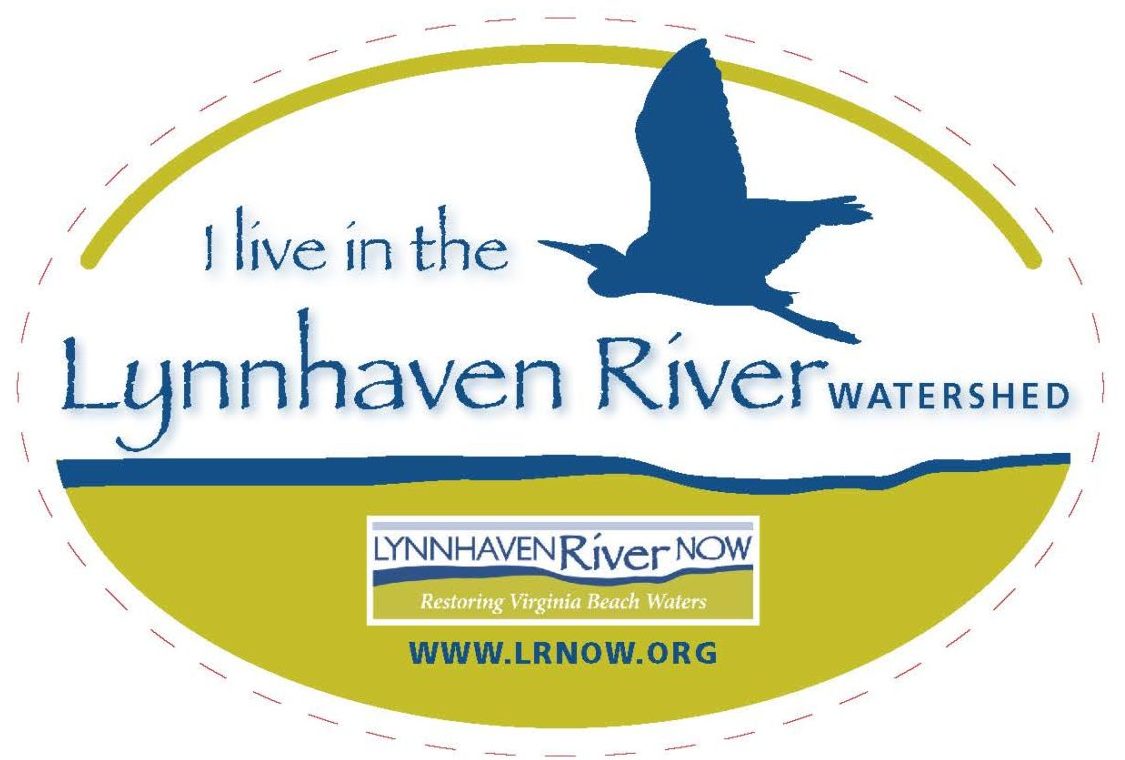Location
- Bordered by the Chesapeake Bay on the north and the Atlantic Ocean on the east.
- Extends as far as Green Run to the south and Town Center to the west in the heart of Virginia Beach.
Size (shoreline and acreage drained)
- 41,309 acres covering 21% of Virginia Beach.
- 64 square miles.
Population Density
- Most heavily populated watershed in Virginia Beach.
- More than 240,000 people (more than half the city’s population)
- LRNow powerpoint 2017 statistics
Topography
- The tallest area of the city, Mt. Trashmore is located in this watershed
- Periodic dredging of the river starting in 1965 and disposal of the materials along the shorelines has added height along the shores of Ocean Park Bay and Pleasure House Point.
- The Cavalier Hotel and Edgar Cayce’s A.R.E, one of our first Pearl Business partners, are both natural elevation landmarks.
Names of Federal or State properties
- First Landing State Park
- Naval Air Station Oceana (portion)
- Fort Story
Major Bodies of Water and salinity
- Lynnhaven River and tributaries (Broad Bay, Linkhorn Bay; Eastern and western branches): brackish water.
- Salinity levels are higher near the Lynnhaven Inlet, where all 3 branches meet.
- Lakes in Pembroke Meadows are fed by an underground spring.
- Presumably, the Lynnhaven river was a long narrow estuary whose original opening was only at Little Creek. Seine-haulers dug a canal across a sand dune to create a path that was later widened by water rushing through.
Recreation Areas (access points, natural areas, parks)
- Pleasure House Point
- Mount Trashmore
- Bayville Farms Park
- Great Neck Park
- Beach Garden Park
- Williams Farm Park
- Thalia Kayak Launch
- Birdneck Kayak Launch
- Hutton Circle Kayak Launch
- Crab Creek Lynnhaven Boat and Beach Facility
Plants of Interest
- saltwort, wax myrtles, Sassafras, bald cypress, Spanish moss
Wetlands
- Marsh Islands
- Brackish Marshes
- Freshwater Marshes
- Between 1937 and 2009 approximately 214 acres of tidal marsh were converted to open water. A similar trend is seen in Broad Bay and Linkhorn Bay. Another trend is the damming of tidal creeks to create small lakes or ponds. Approximately 202 acres of conversion took place.
Animals of Interest
- Birds: Osprey, Carolina Chickadee, Red-bellied Woodpecker, Carolina Wren, Double-crested Cormorant, Mallard, Snowy Egret, Laughing Gull, Ruby-throated Hummingbird, Northern Mockingbird, Brown Thrasher
- Oysters, Diamondback Terrapins, crabs, fox, coyote, bobcat, black rat snakes
Soil Characteristics
- The Lynnhaven River watershed is formed by the Tabb Formation of upper Pleistocene age. It was likely deposited during the last major high stand of sea level that extended from approximately 135,000 to 75,000 years ago.
History
- Originally settled by Indigenous Peoples of the Chesapeake that hunted and fished around this area. Believed to be exterminated around 1612 by chief Powhatan.
- When John Smith arrived the water was so clear he could see 60 feet below the water’s surface.
- 1585-6 John White and Thomas Hariot ventured into the Lynnhaven river and documented life with the Chesapeans. Two cities between the branches of the river.
- Ferry Plantation House 1830, also 3rd Courthouse (built 1735)
- Farm land, mill, strawberry fields, flax for clothing
- Ferry Man -Savill Gaskins hired in 1642 by Adam Thoroughgood to operate the ferry in the Western Branch of the Lynnhaven River. Carried people, goods and animals
- No regular Ferry schedule. “I was summoned by firing a small cannon placed at every point along the river.”
- Old Donation Episcopal Church (1736)- site of 2nd courthouse and also jail-held Grace Sherwood
- Morning Star Baptist Church (1892)-started for local black children and later expanded to adults
- Haygood United Methodist Church Oliver Chapel (1896)
- Adam Thoroughgood House (1680)
- Lynnhaven House (1725)
- Frances Land House
- VB short history including the Battle of the Capes offshore
- Bayside History Trail (1999) leads to 10 historically significant sites
- Lesner Bridge originally a drawbridge (1928)
- Willis furniture complex was TB hospital (Tidewater Victory Memorial Hospital). Later became Army barracks and then part of Camp Ashby- German Prisoner of war camp in WWII. Between 1944-1946 it housed 6,000 prisoners
- Horse track at Thalia Acres
Threats
- Sea level rise
- Sedimentation
- Toxic metals
- Excess nutrients
- Bacteria
- Habitat loss, wetlands and oysters
- Invasive species

Do you live in the Lynnhaven River Watershed? Order your FREE sticker today! Email Office@LRNow.org
Don’t know which watershed you live in? Click HERE to discover your watershed.
